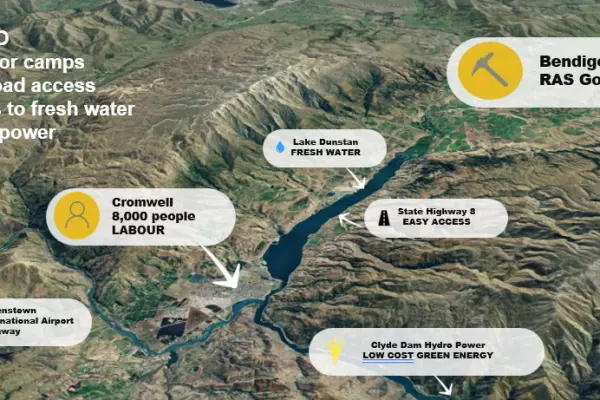Auckland and Queenstown are most at risk of a housing price correction while Christchurch and Hastings remain least vulnerable to a market slowdown, a new report says.
Economists at property analytics firm CoreLogic developed a ‘vulnerability’ index to determine the potential fallout from a post-pandemic housing price surge – and the potential impacts of a raft of interventions designed to ease New Zealand out of the current upward spiral.
That cycle is reflected in a 31% increase in the Real Estate Institute of NZ’s house price index for the 12 months to August. NZ’s median house price was up a quarter from $677,400 to $850,000 over the same timeframe.
Since the covid pandemic started, NZ has seen its property prices advance at the second fastest rate in the world.
Global real estate consultancy Knight Frank now pegs NZ as an “urban hotspot” alongside Canada, South Korea and Russia. Residential asking prices in both Wellington and Auckland also rate in the top 30 of 150 global cities.
That super-heated housing market, driven largely by record low interest rates, has prompted government to remove preferential tax treatments for property investors while the Reserve Bank of NZ has also tightened loan-to-value ratios and capped debt to income ratios for new loans.
Now, interest rates are rising too, after the RBNZ raised the official cash rate for the first time since 2014, prompting a round of mortgage borrowing rate increases to be announced.
Sharp slowdown ahead?
CoreLogic chief property economist Kelvin Davidson said these factors combined could see average annual property value growth across NZ fall to between 1% to 2%, with values potentially falling in some areas.
In its risk analysis, the firm measured regions against six weighted criteria, ranked by housing affordability, credit reporting, investor activity, demand and supply, and local economic and demand data.
Of the major cities, Auckland was considered most vulnerable, Hamilton placed in the mid-range while Tauranga and Wellington were considered less vulnerable on the strength of persistently low housing supply and low loan arrears.
Dunedin was also ranked in the low-risk category, with a low financial hardship ranking, while Christchurch was considered the least vulnerable given its favourable affordability, broad-based economy and high credit activity
Queenstown and the MacKenzie districts are on the riskier end of the barometer, given a reliance on international tourism, with higher prices and more leveraged buyers making them more vulnerable to increasing mortgage rates.
Head of research Nick Goodall said the index highlighted smaller centres located in the central North Island are most at risk from economic corrections.
Locations such as Kawerau and New Plymouth could be exposed to industry closures, for example through reduced oil and gas industry activity in Taranaki, and closure of the Kawerau paper mill.
By contrast, centres like Timaru, the upper part of the South Island and Canterbury regions look less vulnerable than most of the rest of the country.















